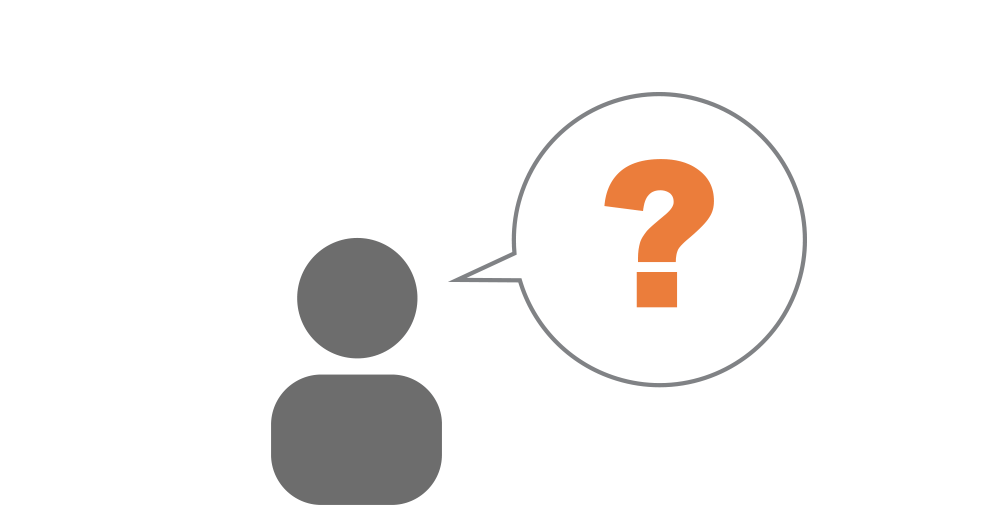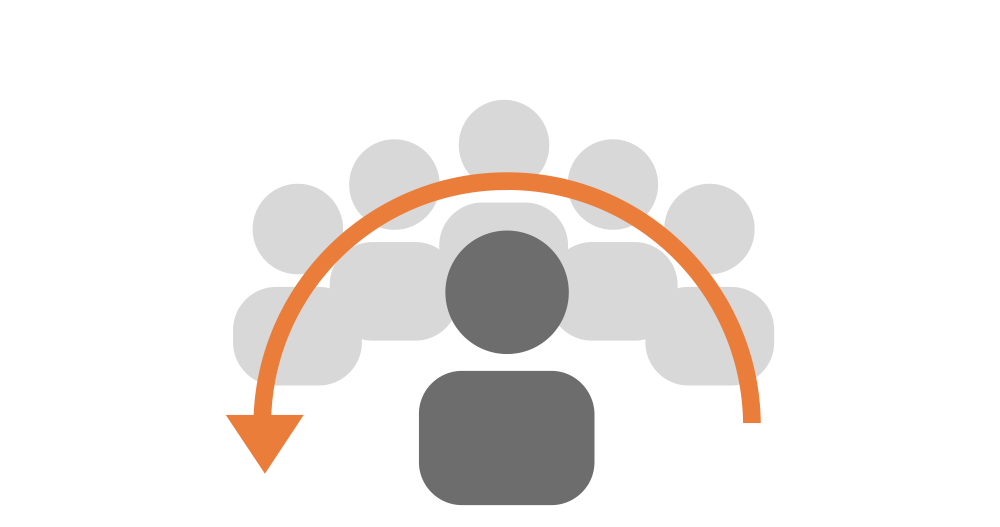If you are interested in experiencing a snapshot of the program content, we have developed a brief tutorial that can give you an interactive “peek” at Decision Points from a participant’s perspective.
Take a look at how one fellow deals with a risk situation he suddenly faces and how he uses Decision Points to help work his way to an action that may lead him away from potential trouble.
Have fun with this and see how you score with Decision Points!

STEP 1
Identify my thoughts and feelings
“What am I thinking and feeling?”
“What are these thoughts and feelings leading me to do?”
Step 1 asks us to pay attention to our thoughts and feelings and to notice what our thoughts and feelings are telling us to do.
Most of the time we act without really thinking. We do what we’ve always done, or we do what we think we have to do. We act on automatic pilot. But we can break out of the habit of acting automatically if we pay attention to what is going on inside of us.
When we pay attention to our own thoughts and feelings, we can recognize what these thoughts and feelings are telling us to do. And when we do that, we give ourselves choices. We create a Decision Point.
Watch the video above. Then, test your knowledge with the Step 1 Check-In to see what Mike should recognize as his risk situation, what he was thinking and feeling and what these thoughts and feelings were leading him to do. (The Check-In will open in a new browser tab.)

STEP 2
Think about others who care about what I do
“Who else cares about what I might do?”
“What would they want me to do?”
In Step 2, we think about other people involved in our lives, and we answer the question: Who else cares about what I do, and what would they want me to do?
Other people are involved in all of our lives. We may have family, or we may not. We may have friends we care about, that care about us, and that we feel loyal to, or we may not. But whoever we are and whatever we do, there are always other people who care — one way or another — about what we do.
Some of these people may be happy if we choose to break a law or rule or hurt someone. Others will be happy if we choose not to break a rule or law or hurt someone.
In doing Step 2, we think about these people and we guess at what they would want us to do. We don’t judge whether these people are right or wrong, or whether they are fair or unfair. We won’t let these people decide for us, but we’ll think about what they want before we make our own decision. That’s all there is to Step 2.
Watch the video above. Then, test your knowledge with the Step 2 Check-In to see what Mike identifies as people who care what he does in this situation. (The Check-In will open in a new browser tab.)
STEP 3
Think about choices. Pick one
“What are my brainstormed choices?”
“What choices lead away from trouble?”
“What choices can I feel OK about doing?”
Thinking about choices warms up our thinking skills.
In Step 3, we think of lots of things we could do.
We’re not deciding anything yet; we’re just imagining many different choices. There are always different choices of what we could do than what we usually think of.
Then, we ask ourselves two questions about each choice:
- Would doing this feed into the Trouble Cycle?
- Could I feel OK about myself if I did it?
We are looking for choices that would not put us into the Trouble Cycle, and that we could feel OK about doing. It’s not always easy to find these choices.
Being able to think of a lot of different choices is the special skill of Step 3. We may have to stretch our imagination to think of possible things we could do. We may have to change how we think about a particular choice in order to feel good about doing it. But if we work at it, we can come up with something.
Our choice will probably not satisfy everybody, and it might not perfectly satisfy ourselves, but if it’s the best choice we can think of, we have done Step 3.
Watch the video above. Then, test your knowledge with the Step 3 Check-In to see what Mike’s best choice may be. (The Check-In will open in a new browser tab.)
STEP 4
Identify a motivating thought
“What is a thought that can motivate me to do my choice?”
Sometimes — in fact, a whole lot of times — the way we think limits what we can do. Our thoughts can keep us trapped in our old ways of acting. When we are trying out choices to get us out of the Trouble Cycle, it is important that we find a way of thinking that gives us power to make that change.
This is what Step 4 is all about: we use the power of our thinking.
Have you ever seen a weight lifter lift hundreds of pounds? What do you think that person thinks to help motivate her or him to lift such a heavy weight? If you were going to try to run a marathon, or do something really physically challenging, what would be some thoughts that could motivate you to take on the challenge?
In Step 4, we do the same thing. We think about our choice and then find ‘power thoughts’ or motivating thoughts to help us do our choice and feel good and powerful about taking an action that leads away from trouble.
We ask ourselves a simple question: What’s a motivating thought that can help me to do my choice?
Once we find a motivating thought, we use it to help us do our choice.
Watch the video above. Then, test your knowledge with the Step 4 Check-In to see what Mike decided to use as his motivating thought to help him act on his selected choice. (The Check-In will open in a new browser tab.)
